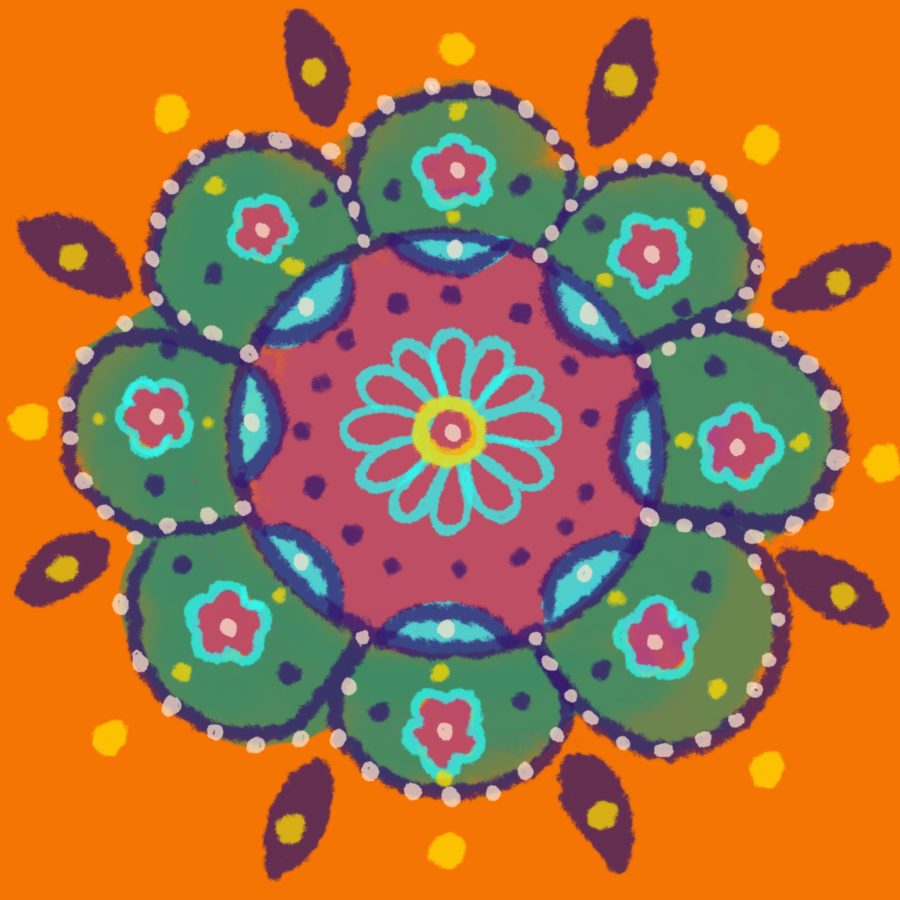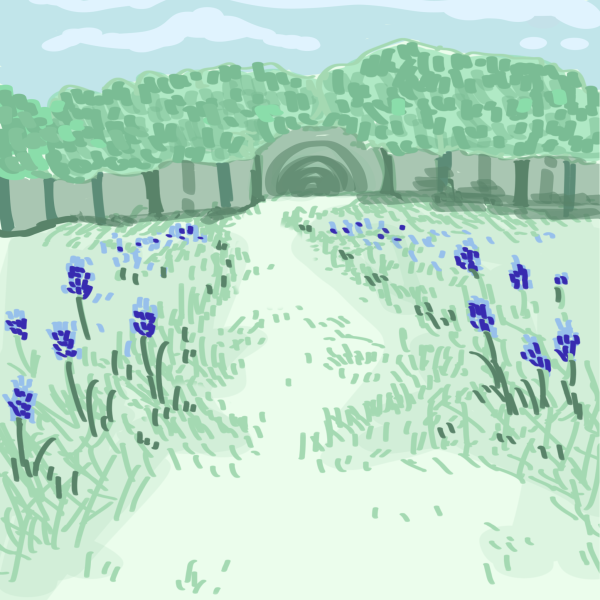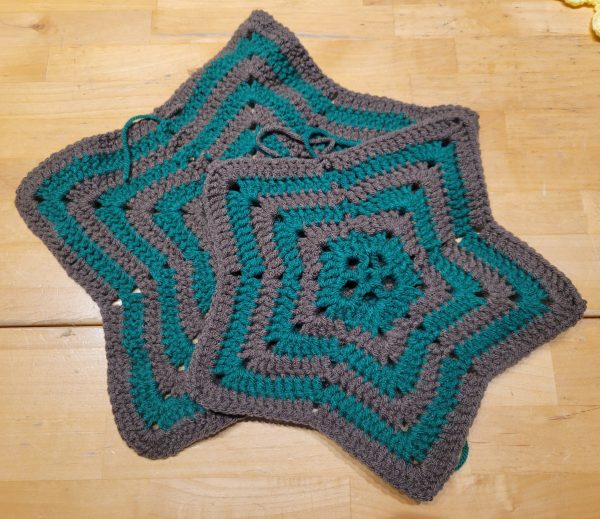Holi: The festival of colors
Make sure to wear clothes you do not care about
Once a year, the streets of India turn every color of the rainbow. Millions of people run up to strangers and scream “Happy Holi!” as they throw colored powder at one another. With music blasting and the atmosphere booming with excitement, people of all ages dance and celebrate like children with no care in the world. Last year, Trinity’s South Asian Student Association (SASA) held a Holi celebration of their own which they plan to replicate and expand this year. Lately, Holi festivities spreading beyond Hindu celebrations have been a cause for concern, but most agree that Holi’s message of unity and togetherness triumphs over these apprehensions.
This joyous event marks the beginning of spring and the victory of good over evil. Holi’s origin can be traced to multiple different sources due to the vast nature of Hinduism, but the most widely accepted story is that of the demon king Hiranyakashipu. King Hiranyakashipu had a son named Prahlada, who was a devout follower of Lord Vishnu. Vishnu is the Hindu God of preservation, and Hiranyakashipu despised him greatly for a variety of reasons. One day, Hiranyakashipu asked his sister, Holika, to help him kill Prahlada. Holika wore a fireproof cloak and invited Prahlada to sit with her on a flaming pyre, expecting him to burn to death. Instead, it was Holika who burned and Prahlada remained unharmed due to his devotion to Vishnu. Later that night, Vishnu killed Hiranyakashipu, and good triumphed over evil.
Today, Holi has spread all over the world and is lovingly deemed “the festival of colors.” It is traditionally celebrated on the last full moon of the Hindu calendar, which this year falls on March 8. Many families, temples and student organizations nationwide partake in the celebration annually, wearing their worst clothes and dousing themselves and others in water and colored powder.
Trinity’s Holi festival last year was a huge success, with hundreds of students in attendance. This year, SASA has plans to make Holi an even more widely celebrated event. Though not set in stone, plans have been tentatively made for the celebration to occur on March 31, pending SGA approval.
Avani Raol, sophomore business analytics and technology major and SASA officer, describes the club’s plans for making the scope of this year’s celebration bigger than that of Holi celebrations from previous years.
“This time because we got such a hype last year we want to make it bigger and better so our goal this year is a lot of more colors, more liveliness, more fun. We’re gonna have a bunch more colors, a bunch of water guns, a water fight, we’ll have music, we’ll have food, the whole shebang but just on a bigger level,” Raol said.
While large-scale crowds and festivities are what Holi events like Trinity’s tend to emphasize, first-year Khushi Kakadia regards small-scale Holi with her immediate family as her favorite way to celebrate.
“Growing up, every Holi, I just remember waking up in the morning and wearing our white shirts before our Holi plans,” Kakadia said. “We usually celebrate at our local temple, or at a friend’s house, but before that, my dad would take me and my sister to the backyard and start rubbing Holi powder on our faces and throwing it at us. My dad making it such a fun thing even before we went anywhere to celebrate with friends and family made Holi more special and made it feel like home.”
Recently, there has been controversy as events titled “Color Run” or “Color Marathon” pop up, imitating the celebration of Holi. Some argue that this is cultural appropriation, turning an event deeply rooted in Hindu culture into just another party. However, others hold the opinion that Holi is about unity, and the celebration becoming more widespread is essential to cultural understanding. At Trinity, students from a wide variety of cultural backgrounds participate in Holi festivities.
First-year Beyza Yildirim describes her experience with Holi as someone outside the culture.
“I’m not Hindu, but I have played Holi once with my Hindu friends and I had a great time,” Yildirim said. “It was super cool to learn about the culture while we were just dancing, eating and running around having fun.”

Hello! My name is Riya Vankamamidi (she/her) and I am an Opinion Columnist here at the Trinitonian. I am a sophomore Psychology major and Biology minor...

Hi guys! My name is Lily Zeng, and I am a sophomore from Memphis, TN majoring in Urban Studies with an interest in a Spanish major or minor. My favorite...











